The Dutch space sector contributes to solving important societal challenges with a strong national ecosystem. This includes weather and climate, emission monitoring, safety, security and defence. The Netherlands, ESA, the EU and NATO recognize the critical nature of this infrastructure and international space activities are increasing strongly.
In line with the longterm space agenda (LTR) the sector wants to focus on 4 application fields, namely satellite communication, space situational awareness, earth observation for climate and environment, and position, navigation and timing (PNT). To achieve this it is necessary to improve the space infrastructure with regard to platforms, launchers and data usage.
Programme duration: 4 years | 2024 - 2027
Problem statement
The Netherlands published the long-term space agenda (LTR) at the beginning of this year. The LTR was drawn up under the supervision of a Steering Committee with high-level officials from various ministries and close involvement of the sector and other public parties. A response from the cabinet is scheduled for early 2025. The LTR provides a good picture of where the Netherlands wants to go, and that picture is ambitious: six missions outline stimulating objectives for the impact of space travel in and by the Netherlands. The Strategic Space Programme (SP Space) helps ensure that the knowledge base for these missions is in order.
Although the missions are mainly about the impact and application of space travel, it is important that the infrastructure is in order first. In this respect, we look at three areas within the strategic program:
- Platforms | Which platform developments (CubeSats, SmallSats, solar panels, etc.) are needed to be able to execute the national ambition and to be able to develop internationally competitive systems?
- Launchers | What launcher developments are needed to meet frequent and rapid launch needs and to sustainably launch objects into space?
- Data usage | What is needed to better align satellite data with the needs of end users for more applications (other sectors)?
By having a good knowledge base for space infrastructure, the strategic program lays a foundation, on which it then builds with four applications:
- Satellite communication | Which technologies allow the Netherlands to acquire key positions in the value chains for laser and quantum communication systems and networks?
- Space situational awareness | How do we protect our space capital and prevent space congestion?
- Earth observation | Which technologies allow the Netherlands to generate lasting crucial insights into atmosphere, land (activities) and water for the benefit of climate, air quality, biodiversity and safety?
- Position, navigation and timing (PNT) | How do we improve robustness and (European) autonomy of PNT systems?
Objective
The Netherlands:
- uses space technology to contribute to solving societal challenges in the areas of safety, weather and climate, public health and biodiversity, and defense.
- is able to make a strategic contribution within international organizations such as ESA, EU and NATO and in international cooperation such as with NASA and JAXA.
- strengthens knowledge position in relevant key technologies.
- conquers key positions ('control points') in international value chains.
Approach
The chosen subjects reflect an integral approach and thus ensure that the basic infrastructure is for the Netherlands to have and maintain access to space. In addition, the choice of application fields reflects a further specialization towards key positions ('control points') in international value chains, in which the future Dutch earning capacity and the transition to a green economy are secured. The strategic programme considers the roadmaps of the knowledge institutions but also focuses on the development needs of the Dutch business community in the field of space travel.
Relation with urgent transitions, KIAs and technologies
The strategic programme contributes broadly to the various societal challenges as formulated in the KIAs (Knowledge and Innovation Agendas). In all cases, space technology offers a toolbox to make solutions possible. For example, satellites enable standardized global measurements of greenhouse gas emissions and concentrations, to contribute to a robust, socially supported energy system (MMIP 13, IKIA Climate & Energy). In the same way, a contribution can be made to the disease burden resulting from an unhealthy lifestyle and unhealthy living environment, specifically in the area of particulate matter concentrations (KIA Health & Care). For the mission “an operationally deployable space capacity for defensce and security”, this SP helps to realize the knowledge base so that this space capacity can be developed, partly, in the Netherlands (KIA Safety).
Urgent transitions
Knowledge and Innovation Agendas (KIAs)
KIA Key Enabling Technologies
KIA Klimaat en Energie
KIA Health & Care
KIA Landbouw, Water, Voedsel
KIA Maatschappelijk
Verdienvermogen
KIA Security
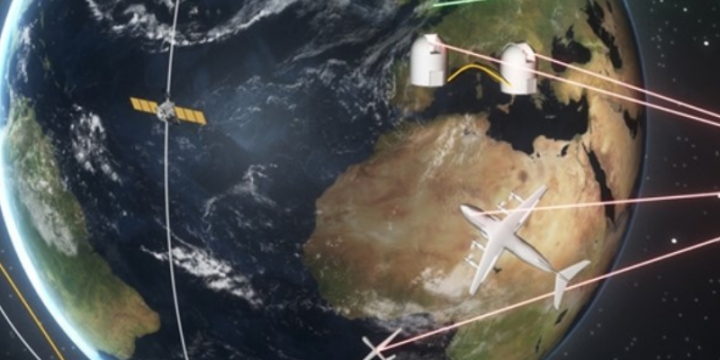
Compact Optical Communication Application Robust Space Avionics – Integrated Terminal Controller
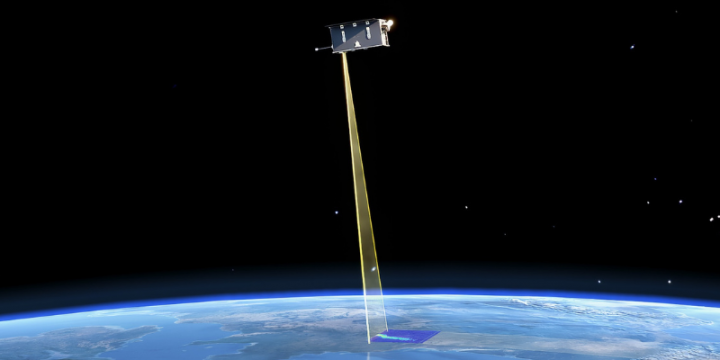
Mission Performance Center for the Monitoring of Emissions Targeted via Imaging Spectroscopy using Small Satellites
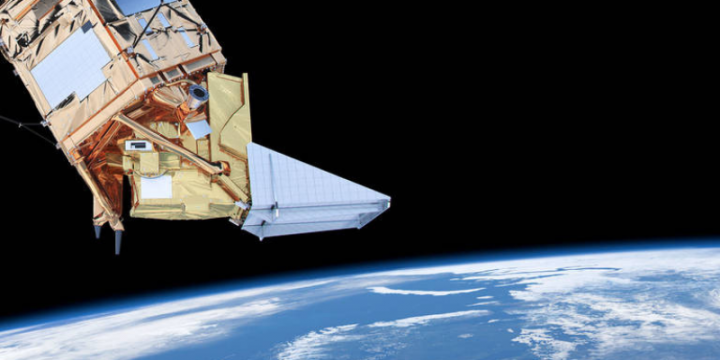
Performance analysis for high-spatial resolution satellite for methane emissions
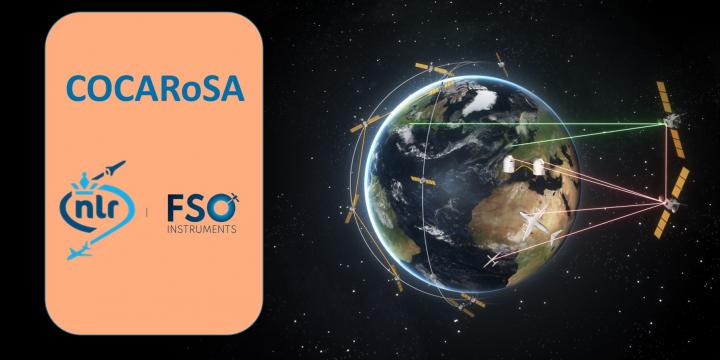
Compact Optical Communication Application Robust Space Avionics – Spacecraft Interface and Modem
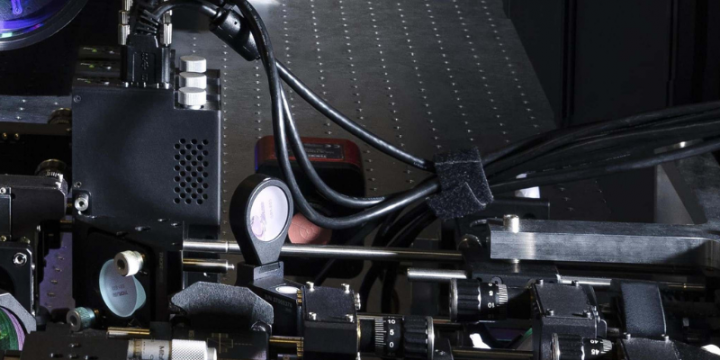
Metropolitan Free-Space Entanglement based QKD
Programmes and projects
Holland High Tech supports programmes and projects in the top sector High Tech Systems and Materials. Carried out in close collaboration between public and private partners within the mission-driven and innovation policy. Here is an overview funded R&D programmes and projects by Holland High Tech.


